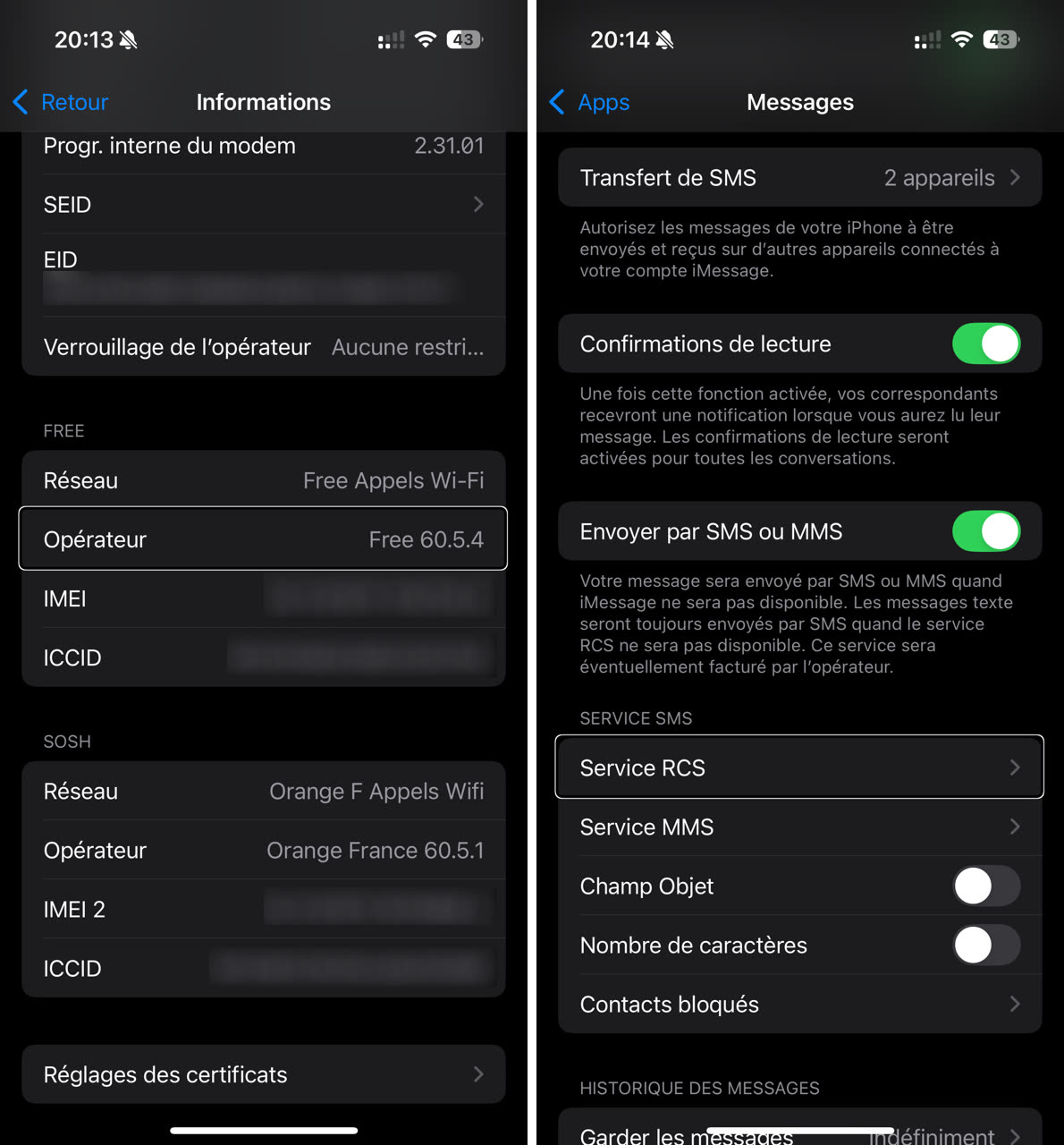General information
Title of the offer: Legal affairs manager (M/F)
Reference: MOY1632-FANDUB-003
Number of Posts: 1
Workplace: PARIS 16
Publication date: Monday November 4, 2024
Type of contract: Technical/Administrative fixed-term contract
Contract duration: 12 months
Expected hire date: January 1, 2025
Work quota: Full time
Remuneration: from 2,570 euros gross monthly, depending on experience
Desired level of studies: Level 6 – (Bac+3 or 4)
Desired experience: 1 to 4 years
BAP: Management and Steering
Typical job: Legal affairs manager
Missions
Within the professional support service (SAP) of the human resources department, you will provide advice and legal expertise on any question relating to the management of complex individual situations, in particular to regional delegations. You will be in charge of examining files submitted to the joint administrative commissions (CAP) and the joint consultative commissions (CCP). You will ensure the link with the CNRS reporting unit and the CNRS legal affairs department. You will also be in charge of disputes relating to decisions taken after advice from the CAP and CCP.
Activities
– Provide advice and legal expertise on any question relating to the management of complex individual situations
– Take charge of the files submitted to the joint administrative commissions (CAP) and the joint consultative commissions (CCP) of the establishment (participate in the investigation of the facts and their legal qualification, draft the referral reports to these bodies, participate to the secretariat of the meetings, prepare the resulting decisions, ensure the follow-up of the decisions taken)
– Ensure the link with the reporting unit, the legal affairs department (DAJ) and the legal advice and expertise service (SCEJ) of the human resources department
– Manage pre-litigation and litigation relating to files submitted to the CAP and CCP (drafting of defense briefs and defense of the establishment’s interests at first instance hearings, monitoring of court decisions and implementation),
– Participate in training actions in the area of skills (CAP/CCP)
– Ensure legal monitoring on the theme of the service (professional support for staff)
SKILLS
You are rigorous,
You know how to report,
You are proactive and have a team spirit,
You master legal analysis and writing,
You know how to assess and evaluate a legal risk,
You have mastered public law, contentious administrative procedure and are familiar with the general status of the civil service;
Work context
The National Center for Scientific Research is one of the largest public research organizations in the world: 32,000 women and men (more than 1,000 laboratories and 200 professions), in partnership with universities and major schools, are making progress there. knowledge by exploring life, matter, the Universe and the functioning of human societies. For more than 80 years, we have been developing multi- and interdisciplinary research throughout the national territory, in Europe and internationally. The close link that we forge between our research missions and transfer to society makes us a key player in innovation in France and around the world. In pictures:
Joining the CNRS also means joining an institute committed to professional parity and equality, diversity and support for its agents with disabilities, from recruitment and throughout their career. In order to preserve well-being at work, the CNRS pursues an active policy regarding working conditions.
The position is based at the CNRS headquarters, (3 rue Michel Ange, Paris 16th), and more specifically within the professional support service (SAP) of the human resources department which ensures, for all the establishment’s agents , an advisory and support role in complex individual situations, particularly with regional delegations. It manages support systems such as post-evaluation monitoring of researchers and that of engineers and technicians in difficult professional situations. Also, it ensures the link with the reporting unit and takes care of files submitted to the CAP and CCP. He provides legal expertise and is responsible for the organization and conduct of the CAP and CCP. He prepares the resulting decisions and, if necessary, ensures their contentious defense.
This service includes, under the responsibility of the department head, 1 human resources assistant, 2 legal studies managers and 2 human resources managers.
Your legal expertise will be exercised for the benefit of the professional support service (SAP), the human resources services in the regional delegation, the general management and other departments of the CNRS.
Benefits :
• 32 Annual Leave and 13 RTT
• Subsidized collective catering on site
• Social action committee (social, cultural, sporting services)
• Public transport partially reimbursed
• Possibility of teleworking 1 to 2 days per week
• Possibility of benefiting from support when you take up your position (training, etc.)

